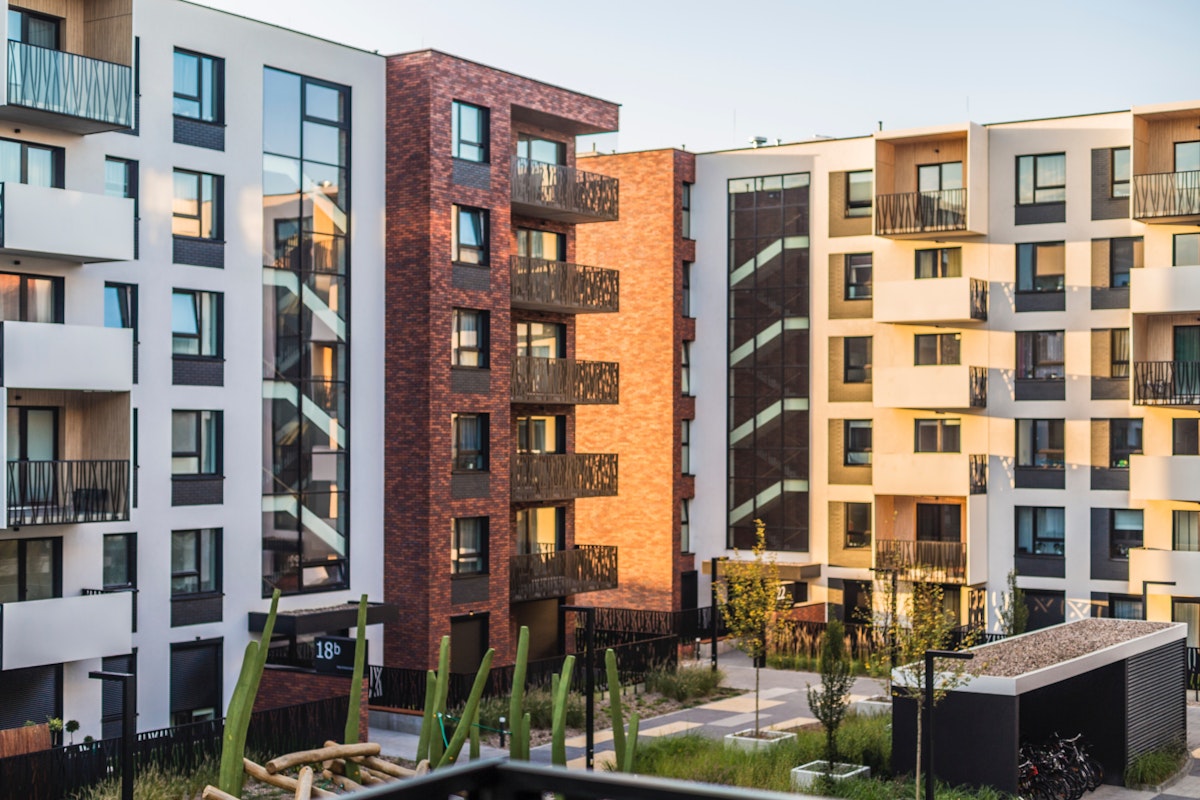The term “build to rent” is buzzing in the real estate world. It refers to large-scale residential developments owned and funded by institutional investors who offer long-term leases and secure tenancies to residents. This model benefits occupants with more stable living arrangements. However, building to rent, in the traditional sense, is nothing new.
Changes to planning rules encouraging higher density housing have given traditional investors the chance to redevelop properties, creating new dwellings intended to be retained as rentals rather than sold for a developer’s profit. So, while the investor undertakes a development, the intention is to retain these properties for rental rather than selling them upon completion.
The properties developed under this model are considered capital assets of the investor’s portfolio rather than inventory for a development activity. This distinction raises the question: what is the tax position when these properties are eventually sold?
The starting point is section CB 12, which taxes gains from the disposal of land that has undergone significant development or division into lots, if the work was commenced within ten years of acquiring the land. The interesting aspect of CB 12 is its focus on whether the work was undertaken within ten years of acquisition, not how long the properties are retained beyond completion.
This begs the question: will gains on the disposal of properties developed to rent be taxed simply because the projects began within ten years of acquisition, even if there was no initial plan to sell the completed properties?
The answer lies in section CB 23, an exclusion to the taxing provision in CB 12. Known as the Investment Exclusion, CB 23 applies if the work involved in the development is intended for the purpose of deriving rental income or other forms of investment income.
A common question is, “How long do I need to hold the property as a rental investment to qualify for the exemption?” It’s arguable that if the initial purpose was to derive rental income but circumstances changed, resulting in a sale, the exclusion could still apply. However, the burden is on the taxpayer to prove that the original purpose was to derive rental income from the land.
No specific tenure of ownership is required for the exemption, but strong evidence of the intent to derive rental income is crucial. Demonstrating this intent, especially by actually deriving rental income from the property, will provide the best basis for claiming that gains from disposal remain untaxed under CB 23.
